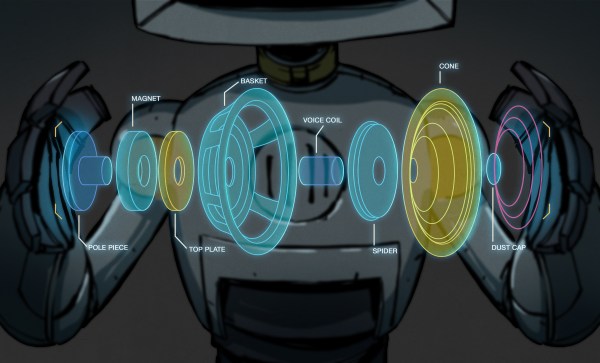Our computers can display an astonishing range of symbols. Unicode alone defines more than 150,000 characters, covering everything from mathematical operators and phonetic alphabets to emoji and obscure historical scripts. Our keyboards, on the other hand, remain stubbornly limited to a few dozen keys.
On Windows, the traditional workaround involves memorizing numeric codes or digging through character maps. Linux, being Linux, offers something far more flexible: XCompose. It’s one of those powerful, quietly brilliant features that’s been around forever, works almost everywhere, and somehow still feels like a secret.
XCompose is part of the X11 input system. It lets you define compose sequences: short key sequences that produce a Unicode character. Think of it as a programmable “dead key” system on steroids. This can be as simple as programming an ‘E’ to produce a Euro sign or as complex as converting “flower” into a little flower emoji. Even though the system originated with X11, I’ve been told that it mostly works with Wayland, too. So let’s look deeper.

















